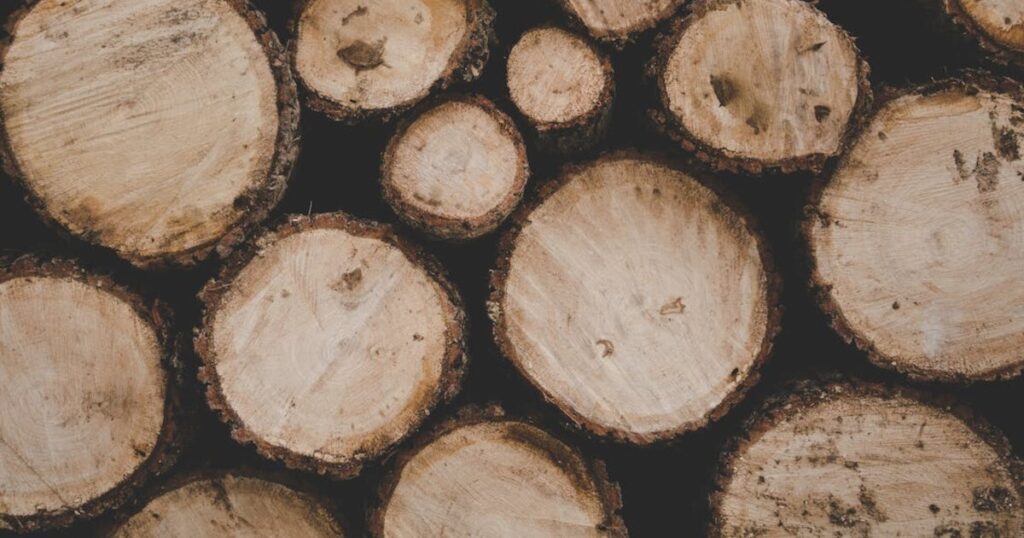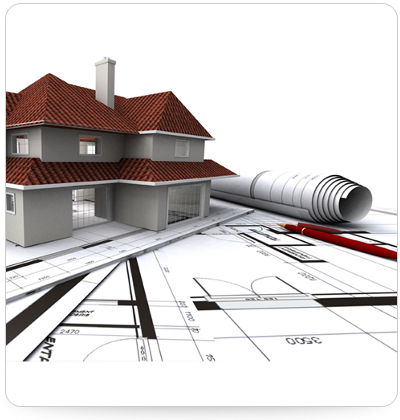In the rolling hills and vibrant communities of Jēkabpils, where the pulse of regional development beats in harmony with the rhythm of sustainable rural life, the importance of water – our most vital resource – cannot be overstated.
As readers of laudabaltic.lv, you are no strangers to the intertwining of health, environment, and technology in our quest for a better life. This article delves into the future of water quality management, exploring the emerging trends and technologies that are not just global innovations but also deeply relevant to our lives here in Jēkabpils.
From advanced filtration technologies to smart water monitoring systems, we’ll uncover how these advancements promise a cleaner, safer, and more sustainable water future.

Advanced filtration technologies
Imagine a glass of water so pure it not only quenches your thirst but also brings peace of mind. That future is being shaped today with cutting-edge water filtration systems. These systems are no longer just about removing impurities; they are about redefining purity.
Advanced filtration methods, such as reverse osmosis and nano-filtration, can now remove contaminants up to nano-sized particles. That means drastically reducing pollutants like pesticides, heavy metals, and even microplastics.
For an in-depth understanding of how these filtration systems work and their types, water filtration systems offer a comprehensive guide. These innovations are crucial for our health and preserving the natural beauty and integrity of our regional watersheds. Also safe drinking water is important.
Smart water monitoring systems
In an era where information is power, smart water monitoring systems represent a revolution in how we interact with our water supply. These systems utilize sensors and IoT (Internet of Things) technology to provide real-time data on water quality, usage, and system performance.
Potential issues can be identified and addressed before they become problems, ensuring a consistently safe water supply.
Moreover, this technology empowers individuals and communities in Jēkabpils to actively manage their water usage, aligning with our sustainable living values. Smart systems can also predict and manage water distribution based on usage patterns, ensuring optimal efficiency in water management.
Sustainable water treatment methods
Sustainability is not just a buzzword; it’s a commitment to living in balance with our environment. In water treatment, this translates to methods that not only clean water but do so in a way that is harmonious with nature.
Technologies like biofiltration, which uses natural processes and organisms to treat water, are gaining traction. These methods are effective and reduce the reliance on chemicals, thereby minimizing our ecological footprint.
Such sustainable practices are beneficial for the environment and resonate with the ethos of our Jēkabpils community, where the health of our natural surroundings is integral to our way of life. Here are some tips on how to get the right water pump.
Water conservation is a trendy necessity
In our region, where every drop of water counts, water conservation has become a lifestyle trend. Innovative technologies like rainwater harvesting systems and greywater recycling are becoming increasingly popular.
These systems reduce the demand on our water supply and encourage a mindset of respect and responsibility towards water. They exemplify how sustainable practices can be seamlessly integrated into our daily lives, enhancing the quality of rural living without compromising on modern comforts.

A fluid future for everyone
As we journey through these advancements in water quality management, it’s clear that the future of water in Jēkabpils is not just about technology but a lifestyle choice. Embracing these innovations aligns perfectly with our commitment to regional development, sustainable living, and health.
It’s about ensuring that the water we drink, the rivers we cherish, and the community we build continue to thrive in harmony. Let’s raise our glasses (of impeccably filtered water) to a future where clean water is not just a necessity but a testament to our values and vision for Jēkabpils.

Sveiki, esmu celtnieks un esmu par to ļoti lepns, daru savu darbu no sirds, un priecājos par rezultātu. Brīvajā laikā rakstu blogu, spēlēju futbolu, un pavadu laiku ar ģimeni.
Aivars.








